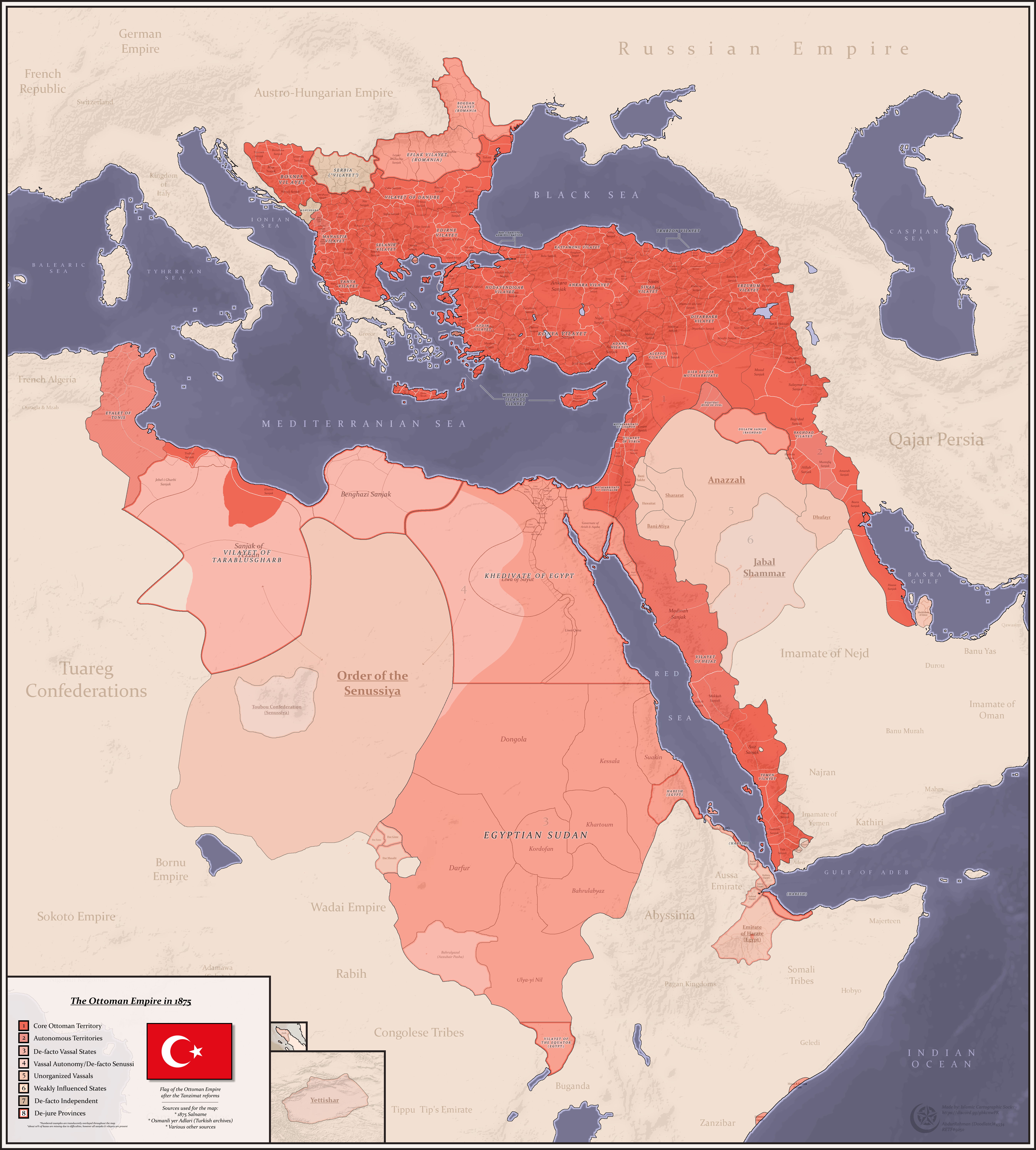|
Kadiluk
A kadiluk (, ) was the jurisdiction of a kadi, an Islamic judge under the Ottoman Empire. They typically consisted of a major city and its surrounding villages, although some kadis occupied other positions within the imperial administration. Legal issues Kadis oversaw administration of imperial justice, which was particularly important for maintaining order and local control over the sipahis granted fiefs (''timar'') during the early Ottoman expansion. Kazas Within the imperial administration, kadiluks also initially functioned as the kazas, the main subdivisions of the sanjaks, with the kadi overseeing his district's taxation and military conscription. "''These records mirror the diversity of the kadi's responsibilities in the Ottoman city''" These functions were eventually handed over to a separate official called the kaymakam, and the empire's kazas were fully distinguished from its kadiluks in 1864 as part of the '' Tanzimat'' reforms. See also *Subdivisions of the Ott ... [...More Info...] [...Related Items...] OR: [Wikipedia] [Google] [Baidu] [Amazon] |
Subdivisions Of The Ottoman Empire
The administrative divisions of the Ottoman Empire were administrative divisions of the state organisation of the Ottoman Empire. Outside this system were various types of vassal and tributary states of the Ottoman Empire, vassal and tributary states. The Ottoman Empire was first subdivided into provinces, in the sense of fixed territorial units with governors appointed by the sultan, in the late 14th century. The beylerbey, or governor, of each province was appointed by the central government. Sanjak, ''Sanjaks'' (banners) were governed by sanjak-beys, selected from the high military ranks by the central government. Beylerbeyis had authority over all the sancakbeyis in a region. qadaa, Kaza was a subdivision of sancak and referred to the basic administrative district, governed by a Kadı, kadi. It is considered extremely difficult to define the number and exact borders of Ottoman provinces and domains, as their borders were changed constantly. Until the Tanzimat period from 1839 ... [...More Info...] [...Related Items...] OR: [Wikipedia] [Google] [Baidu] [Amazon] |
